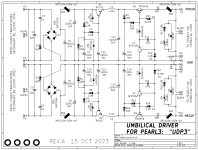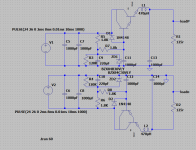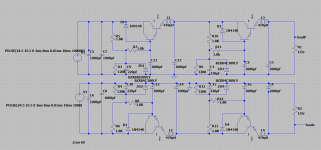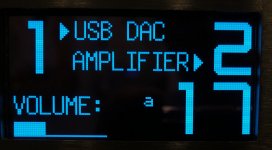Orders now are open on Dorati NOS DAC kits - PM me and be sure to include your payment method and location so I can quote you inclusive of fees and shipping. Dorati offers a sound quality upgrade over its predecessor 'Kubelik' but retains the same physical footprint of 81mm * 50mm, slightly smaller than a credit card; the maximum height is 24mm. The design is non-oversampling (i.e. there's no digital filter on-board) uses passive I/V and has a discrete output stage. What sets it apart from typical NOS DACs is the use of an LC filter prior to the active stages. The input format is I2S (three signal wire) at 44k1/16bits. BCK can be 1.4 or 2.8MHz, no MCK is required. Output is CD standard 2VRMS and headphones at 300ohm impedance and above can be directly driven. Power supply requirement is a single 12-15V rail at 150mA max. There's a digital invert function, selectable by a 0R resistor. Schematic may be found here :
Dorati schematic updated 6.23
Dorati can be used in a pair of boards to create a balanced output DAC. To achieve this you'll also need an I2S splitter board which is sold separately. The splitter changes the normal L,R stereo configuration of I2S into two outputs: L+,L- and R+,R-.
Preferred payment method is via Wise which typically adds a 2% fee. Our receiving currency is CNY, alternatively USD or Euro. PayPal may also be used, in USD but will attract higher fees, about 6%.
Price for a Dorati kit : 168RMB (~$25)
I2S splitter board to create balanced output DAC : 90RMB
Shipping is in addition and depends on your location and speed of service. Courier (FedEx, TNT, DHL) typically takes 8 - 10 days and e-packet four to eight weeks. Not all locations can be serviced by e-packet though.
FAQs
What else is needed to turn the built up Dorati kit into a fully operational DAC?
First you'll need a well regulated low noise power supply of 12 - 15V rated at 150mA or higher. An LM317-based board set to the correct voltage will suffice if you already have an unregulated supply (like a typical wall-wart). I don't recommend switching supplies due to issues with common-mode noise, its very hard to filter out. This dis-recommendation though only applies if you're building a stand-alone DAC. If you are building the Dorati into a system with the amps in the same box then switching supplies are perfectly fine but I would then recommend an LC filter to reduce the switcher's output ripple, a direct connection is likely to reduce SQ. We can supply an LM317-based board with either DC (for unregulated DC) or AC (for a transformer) input option. LC filters for SMPSUs are on the drawing board as I write this, best enquire if they've become available.
Second you may need a digital interface card. I say 'may' because some digital sources produce I2S directly (like Raspberry Pi, many dedicated SDcard players) but most sources will either output USB (like a PC or laptop) or S/PDIF coax (a CD or DVD player) or Toslink. We can supply a card for interfacing one (or more) of those sources to Dorati's I2S input. A CM6631A-based card for USB input is the premium choice as it operates under 'async USB' which is the lowest jitter. A mid-range alternative is an interface based on an STM32F4 microcontroller - while still low jitter, its output is not as clean on start/stopping as with CM6631A. TE7022 is another suitable USB controller chip in the mid-range bracket. In the bargain basement dept are the interfaces based on 'adaptive USB' such as CM108 and PCM270X.
There's an advantage in going for a USB interface that operates on full-speed USB (12Mbits) rather than high-speed (480Mbits). That is - you can buy a cheap isolator device to use with it and isolation from your PC's common-mode noise is most definitely worth having from a SQ point of view. 480Mbit isolators have recently become available but are much more expensive (price ratio in the region of 10:1 compared to 12Mbits). For my DACs I have come to the conclusion that isolation is more valuable than ultimate lowest jitter. Full-speed USB interfaces only go up to 96k sample rate so if you're someone who needs 192k then look out for a high-speed isolator.
The S/PDIF board we recommend handles both coax (two inputs) and Toslink. Further, it has a switched I2S input - this is useful to accept an I2S stream from a separate USB interface card to facilitate a USB input. A single pole switch acts as source selector, cycling through the four sources. An OLED screen is an option to indicate the selected input. If your DAC supply is 12V, you can directly power this card from the same supply as you use to feed the DAC. The simple coax/Toslink board needs a regulated 5V PSU which can be implemented via a regulator from the DAC supply.
Third you'll be wanting some output sockets, typically RCAs so you can connect your finished DAC to your amp or preamp. Or if you're feeding high impedance HPs, a 6.3mm (or 3.5mm) TRS socket. We can supply these. We also have a PCB for mounting a pair of RCAs which makes connection a little easier.
Lastly, and this is obviously optional for a DIYer, is a case. We haven't supplied cases in the past because they're so heavy (i.e. expensive to ship).
Whilst these links all worked when I posted, Ali links go stale very quickly so beware. CM6631A is rapidly becoming unobtainium, we couldn't find a single Taobao seller with stock :
USB CM6631A card examples :
Aliexpress CM6631A USB-I2S
USB STM32 card example :
Aliexpress STM32USB card
USB TE7022 card example :
Aliexpress TE7022 USB interface
USB PCM270X card example :
Aliexpress PCM2706 USB interface
USB full-speed isolator example :
Aliexpress USB full-speed isolator
USB high-speed isolator example :
Aliexpress USB high-speed isolator
Multi-input S/PDIF card :
Aliexpress S/PDIF Toslink I2S switcher
Coax/Toslink S/PDIF card :
Aliexpress DIR9001 S/PDIF receiver
Do I need special tools to build and test my Dorati kit?
You'll need some fine diameter solder (0.3mm is recommended), a temperature controlled soldering iron with a fine bit and a pair of tweezers. A magnifier comes in very handy but that depends on your eyesight. Desoldering braid is helpful for correcting mistakes. If you've never soldered SMD before then maybe Dorati will be too challenging for a first project as there are around a hundred parts. However none of them are microscopic (the smallest is 0805) and none of the ICs has pins closer together than 1.27mm. For testing you'll need a DMM (digital multimeter).
What's supplied in the kit?
There's a picture directly below of the contents (to be added) : the bare PCB plus all the components that mount on it (resistors, caps, inductors, LED, ICs etc.). Given that 0805 sized components are incredibly easy to lose, we include a spare or two for each value. Input, output and power are supplied via 4pin Molex-style headers, we supply the mating half with crimped wires to these too.
What, if anything, is unique about Dorati's design?
Commercial NOS DACs typically have minimal filtering after the DAC chip itself. Dorati has two kinds of filters resulting in a 5th order overall lowpass response - a 3rd order passive filter prior to I/V and a 2nd order active filter afterwards. The passive filter prior to any active stage improves subjective dynamics - it means the I/V buffer no longer 'sees' a step waveform out of the DAC chip, rather a continuous signal. The active filter provides 'NOS droop' compensation - meaning you get a flat frequency response to around 17kHz whereas a typical (not every) NOS DAC has roll-off approaching 3dB by 20kHz. No opamps are used, the analog signal processing stages are all discrete transistors. Dorati's DAC chips are 'multibit' but they're not strictly speaking 'R2R' as internally they use no resistors. Instead capacitors are used as elements in the DAC which have their charge constantly refreshed (similar to the DRAM in your computer) to compensate for any drift.

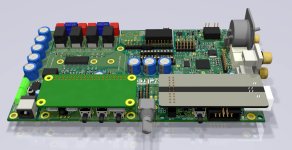
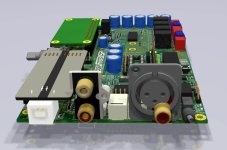


 [/url
[/url [/url
[/url [/url
[/url [/url
[/url [/url
[/url [/url
[/url [/url
[/url [/url
[/url [/url
[/url [/url
[/url [/url
[/url
 ).
).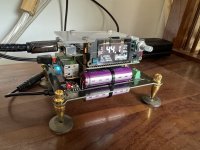
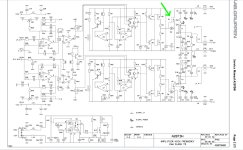
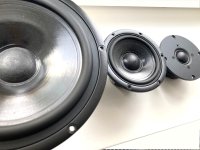
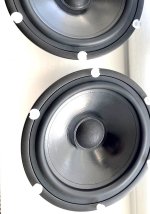
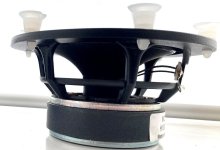
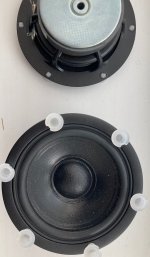
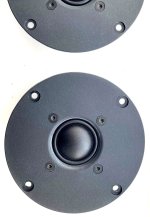

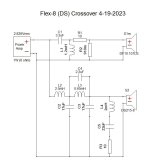
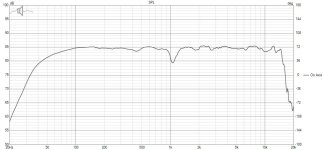
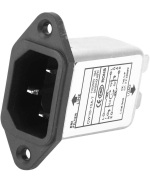
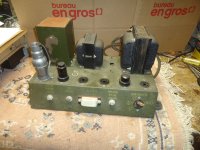
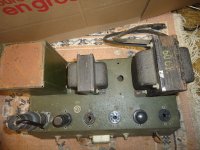
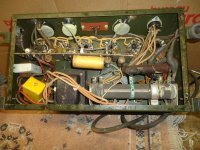
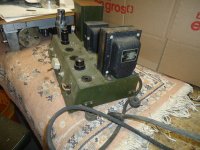
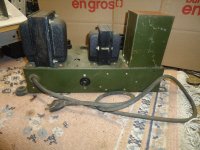
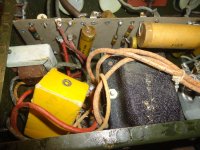
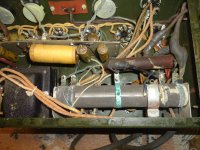
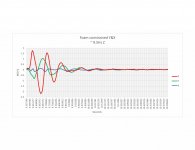
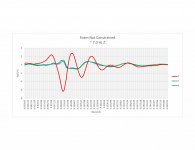

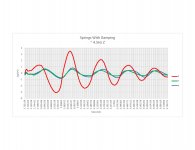
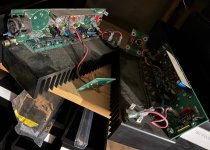
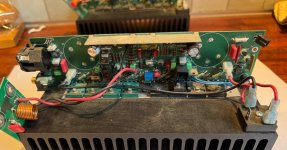

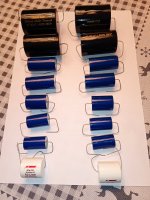
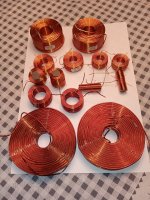
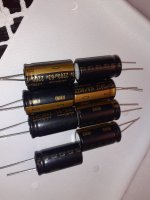
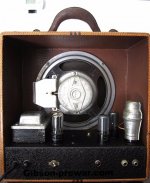
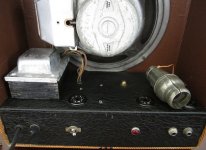
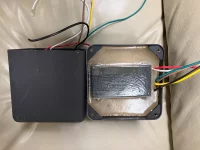
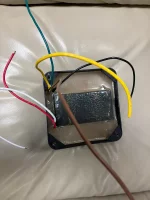
![IMG_4655[1].jpg](/community/data/attachments/1300/1300200-66e843a6707380c1edfc08398f5de42e.jpg?hash=f7ym8Jt2OM)
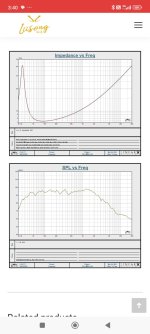
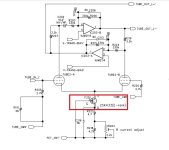
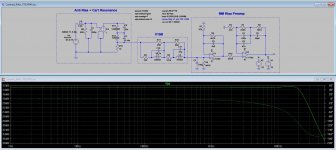
![[IMG] [IMG]](https://i.ibb.co/fYQS9wK/P1020484.jpg)
![[IMG] [IMG]](https://i.ibb.co/G08TSks/P1020489.jpg)
![[IMG] [IMG]](https://i.ibb.co/tmfdxZg/P1000222.jpg)

![[IMG] [IMG]](https://i.ibb.co/yhSdkzk/P1030220.jpg)
![[IMG] [IMG]](https://i.ibb.co/pny1PHd/s-l1600.jpg)
